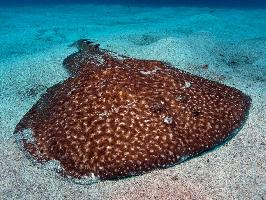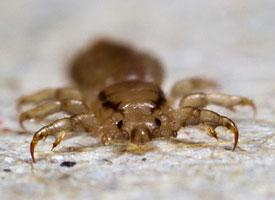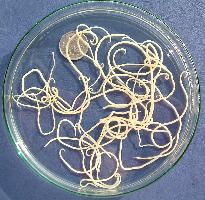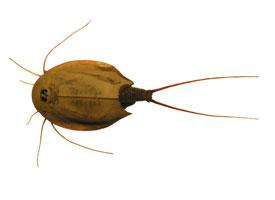
Popis zvířete
The Marbled Electric Ray, scientifically known as Torpedo marmorata, is a captivating species of ray that belongs to the Torpedinidae family, commonly referred to as electric rays or torpedo rays due to their remarkable ability to generate electric shocks. This species is distinguished by its unique appearance and fascinating biological capabilities, making it an intriguing subject of study within marine biology.Physically, the Marbled Electric Ray is characterized by its rounded, disk-like body which seamlessly integrates with its head and pectoral fins, creating a singular, smooth outline that is typical of rays. One of the most striking features of this species is its coloration and patterning. As its common name suggests, the Marbled Electric Ray exhibits a beautiful marbled pattern across its dorsal surface, blending hues of brown, gray, and cream in a way that provides excellent camouflage against the sandy or rocky ocean floors where it resides. This patterning not only serves as a defense mechanism against predators but also aids in its hunting strategy by allowing it to remain virtually invisible to unsuspecting prey.
Measuring up to 60 centimeters in length, Torpedo marmorata is not among the largest of rays, but what it lacks in size, it compensates for with its electric prowess. Embedded within its body are specialized organs known as electric organs, which are capable of producing electric voltages substantial enough to stun or deter predators and to immobilize prey. These organs are made of modified muscle or nerve cells, which, when activated, generate an electric discharge that can vary in intensity, depending on the intended use, whether for defense or for capturing prey.
The Marbled Electric Ray inhabits the temperate and tropical waters of the Mediterranean Sea and the eastern Atlantic Ocean, from the British Isles down to the coasts of South Africa. It prefers sandy or muddy substrates where it can bury itself, lying in wait for its next meal or to avoid detection by predators. Its diet primarily consists of small fish, crustaceans, and cephalopods, which it captures using its electric shock before consuming.
Reproduction in Torpedo marmorata is ovoviviparous, meaning the eggs develop and hatch inside the female's body, and she gives birth to live young. This reproductive strategy is advantageous in the marine environment, as it offers a higher survival rate for the offspring, which are born fully developed and capable of fending for themselves.
Despite its fascinating biology and unique adaptations, the Marbled Electric Ray faces threats from human activities, such as overfishing, habitat destruction, and pollution. These pressures have led to concerns about its population status in some regions, highlighting the need for conservation efforts to ensure the sustainability of this remarkable species.
In conclusion, the Marbled Electric Ray, Torpedo marmorata, is a remarkable marine creature, admired for its distinctive marbled appearance and its ability to generate electric shocks. Its presence in the marine ecosystem highlights the diversity and complexity of life forms in our oceans, underscoring the importance of preserving these environments for future generations to study and enjoy.
Podobná zvířata
Nové fotografie zvířat
Top 10 zvířat
- Common house mosquito (Culex pipiens)
- Common cockchafer (Melolontha melolontha)
- Colossal squid (Mesonychoteuthis hamiltoni)
- Hooded merganser (Lophodytes cucullatus)
- Australian box jelly (Chironex fleckeri)
- Fruit fly (Drosophila melanogaster)
- Common reed warbler (Acrocephalus scirpaceus)
- Elephant hawk moth (Deilephila elpenor)
- Moustached guenon (Cercopithecus cephus)
- Diana monkey (Cercopithecus diana)


